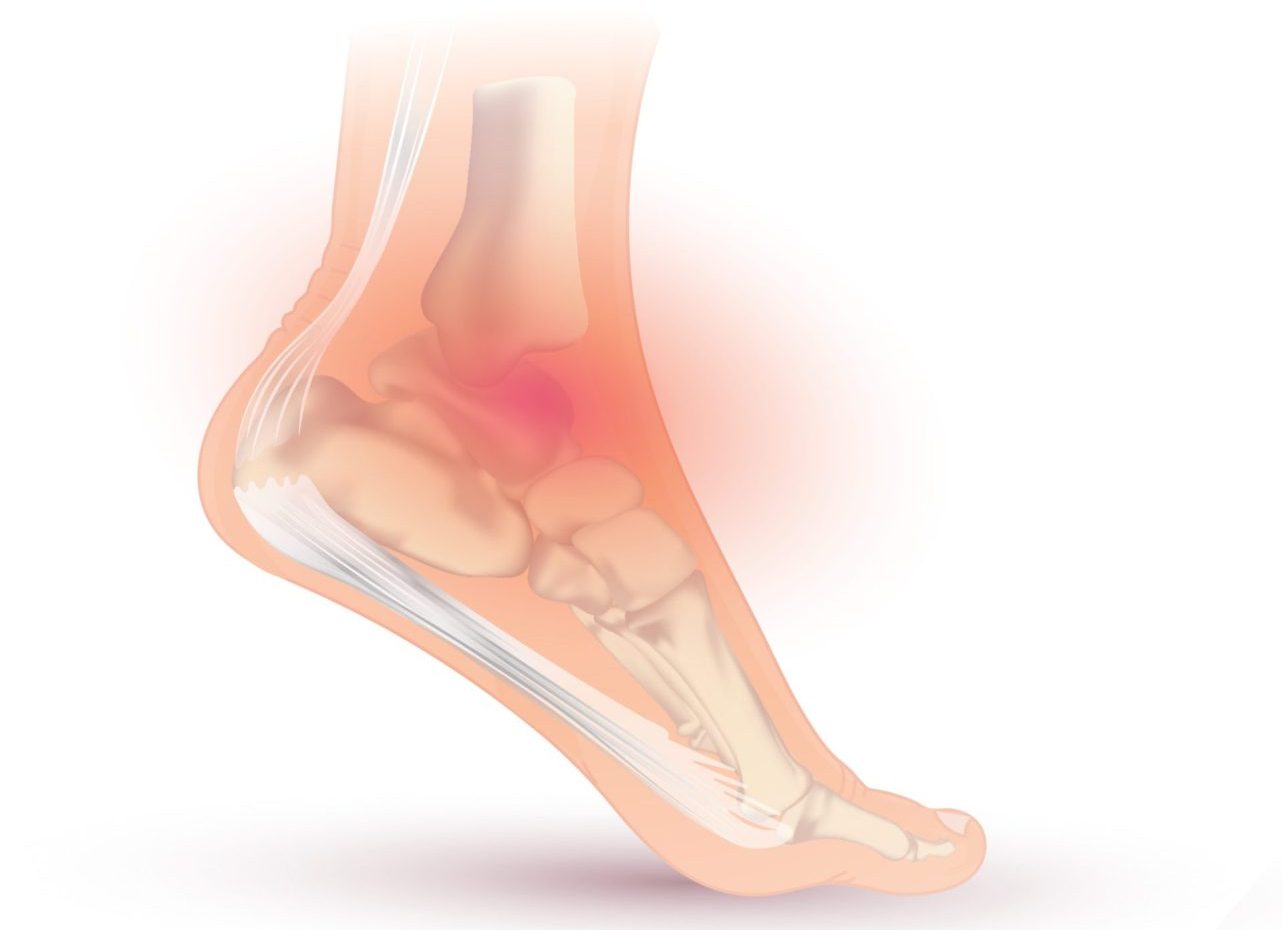Medial ankle sprain refers to an injury that affects the ligaments on the inner side of the ankle. It occurs when these ligaments are stretched or torn due to a sudden twisting or rolling motion of the foot. Medial ankle sprains can cause pain, swelling, tenderness, and difficulty bearing weight on the affected foot.
Managing a medial ankle sprain involves a comprehensive approach to reduce pain, promote healing, restore function, and prevent further injury. By applying the 5 stages of rehabilitation, individuals with a medial ankle sprain can effectively recover and regain optimal ankle function.
- Pain management: The first stage focuses on managing pain and reducing inflammation in the injured ankle. Physiotherapists may recommend the use of ice therapy, compression bandages, supportive taping, supportive bracing, and elevation of the foot to alleviate pain and swelling. They may also suggest over-the-counter medications to help manage pain and inflammation.
- Range of motion: Once pain and swelling are under control, the emphasis shifts to restoring normal range of motion in the ankle joint. Physiotherapists prescribe gentle stretching and range of motion exercises to improve flexibility and prevent stiffness. These exercises aim to gradually increase the mobility of the ankle joint and promote healing.
- Motor control and balance: This stage focuses on improving motor control, balance, and stability to reduce the risk of reinjury. Physiotherapists prescribe specific exercises that target the muscles around the ankle, including the calf muscles, foot muscles, and the muscles that support the arch of the foot. These exercises may include balance training, proprioceptive exercises, and coordination drills to enhance stability and control during movement.
- Strength training: Strengthening the muscles around the ankle is crucial for providing support and stability to the joint. Range Physiotherapists will design a personalized exercise program that targets the calf muscles, ankle stabilizers, and the muscles of the lower leg and foot. These exercises may include heel raises, toe curls, resistance band exercises, and other strengthening exercises to gradually build strength and stability.
- Maintenance and prevention: The final stage focuses on maintaining the gains achieved through rehabilitation and implementing strategies to prevent future ankle sprains. Range Physiotherapists will provide guidance on gradually returning to activities, while monitoring for any signs of instability or discomfort. They may also assess movement patterns and provide recommendations on bracing, footwear, orthotics, and modifications to prevent future ankle sprains.
Working closely with a qualified physiotherapist who specializes in ankle rehabilitation is crucial. Range Physiotherapists will assess the severity of the sprain, develop a personalized treatment plan based on the 5 stages of rehabilitation, and monitor progress throughout the process. With proper treatment, exercises, and adherence to preventive strategies, individuals with a medial ankle sprain can experience a successful recovery, improved ankle function, and a reduced risk of future injuries.
For more information regarding medial ankle sprains please see: https://www.physio-pedia.com/Medial_ankle_ligament
https://www.betterhealth.vic.gov.au/health/conditionsandtreatments/ankle-sprains


